When it comes to buying clothes, the line between what’s sustainable and what’s harmful is often incredibly blurred. In the case of the flourishing fast-fashion industry, it’s getting harder to gauge where the truth starts and greenwashing ends. Needless to say, producing a sustainable capsule within a fast-fashion company doesn’t negate continued bad practice. Just like putting said clothing on popular Influencers, doesn’t automatically make it eco or ethical.
As overall concern for the climate crisis grows, many people now take the time to do a “background check” on brands. Because clearly we can’t trust their advertising, overt or covert. A background check is important to sift out the true ethics and sustainability of brands that manufacture in high volume and/or sell cheap. It’s worth mentioning that not all bad actors sell cheap although that’s a good first clue. A background check should involve multiple sources to ensure accurate information. I usually start with the brand’s website. Key factors to look for are transparency and whether the company has achieved its sustainability goals. Spoiler alert – most including H&M have not. Other reports and facts can be gleaned from sustainable fashion orgs like Labour Behind the Label, New Standard Institute and Fashion Revolution. Further reliable data can be sourced from The Ellen MacArthur Foundation and McKinsey. Moreover if you regularly listen to podcasts you’ll keep up to date with The Wardrobe Crisis and Conscious Chatter. Less reliable and at times troubling is the role of fashion influencers, particularly on Instagram.
Of course there are amazing Insta accounts you can trust that focus on sustainable fashion. A few that I follow and hold in high esteem are Clare Press, Orsola De Castro, Aja Barber, Elizabeth Cline, Venetia La Manna and Samata Pattinson. But do they represent the typical “Fashion Influencer”? I think not.
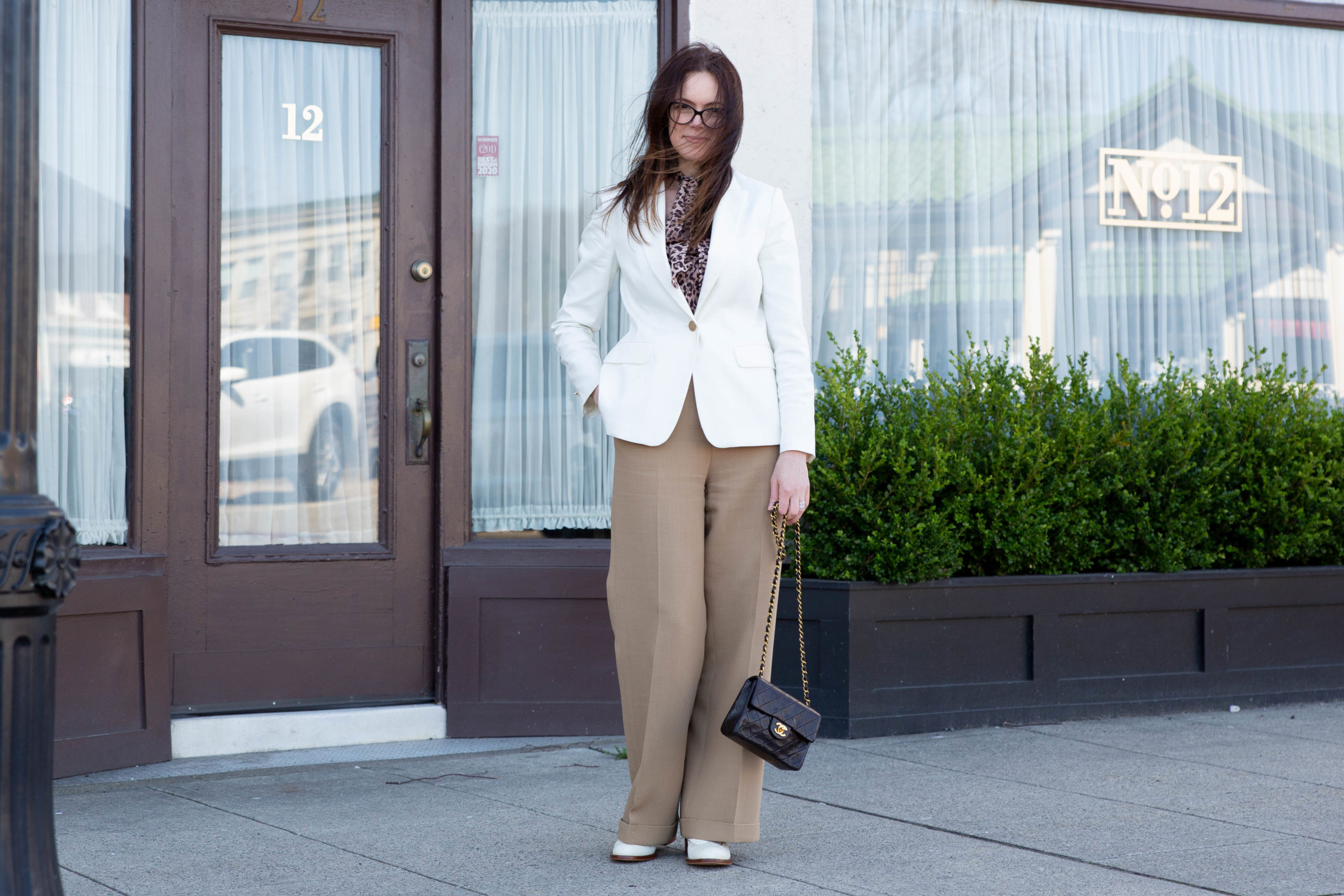
CAN WE TRUST INFLUENCERS FOR ECOFACTS?
Regrettably, unscrupulous brands are onto us being onto them. So now, they spend a fortune on various forms of greenwashing. Brands like H&M – don’t forget those hiding under the H&M umbrella, & Other Stories, COS & Arket, plus ZARA and Primark will create a small line of sustainable fashion that distracts the conscious customer from their wider eco-sins. Fast-fashion brands have notoriously used Instagram Influencers to create a seemingly organic frenzy for their latest stock. Equally, there’s no doubt when Influencers wear a completely different outfit every day it contributes to the overconsumption of shoppers.
So naturally, brands will use Influencers in their tactics within the context of greenwashing too. Here Influencers can leverage their clout and add instant eco-credibility to any previously suspect brand. The brand marketing might include buzz words like recycled and organic but tout few actual ecofacts. Notably, since the outrage of racial injustices last year, these campaigns tend to include a diverse group of models. While that gives the impression of inclusion it’s a visual that can’t be trusted. Virtue signaling and the optics of social media is the pandemic playbook that many brands continue to exploit today. Meanwhile in 2020 fast-fashion brands were caught not paying garment workers and this year has already shown a number of human rights abuses across supply chains. For instance, locking garment workers in a factory in Myanmar and the murder of a garment worker in India. I wonder how they align diversity and inclusivity with that? Let’s never forget, the CEO’s of these behemoths are billionaires. Moreover, they became billionaires off a business model that exploits workers and destroys the environment.
Now when it comes to the relatively new job description of Influencer it’s important to remember that this is a paid gig. Whether or not your favourite influencer has the expertise to determine which brands are truly sustainable or not isn’t the question I’d ask. I would ask how any fast-fashion brand can ever be sustainable while it manufactures such an enormous mountain of clothing. Does it really matter if they also have a rack of recycled polyester apparel? No, it doesn’t. Any Influencer touting a fast-fashion brand as moving in a sustainable direction is living in a convenient dreamworld or lying. Don’t be fooled, it is that simple. It’s up to conscious citizens to do the work and get the truth. And if we can’t determine fact from greenwashing? Well then, we can always walk away from the cart. Buying a new pretty summer frock isn’t worth doing harm to people or planet right? Either way, at the end of the day, Influencers are there to promote shopping and that is counterintuitive to sustainable fashion.
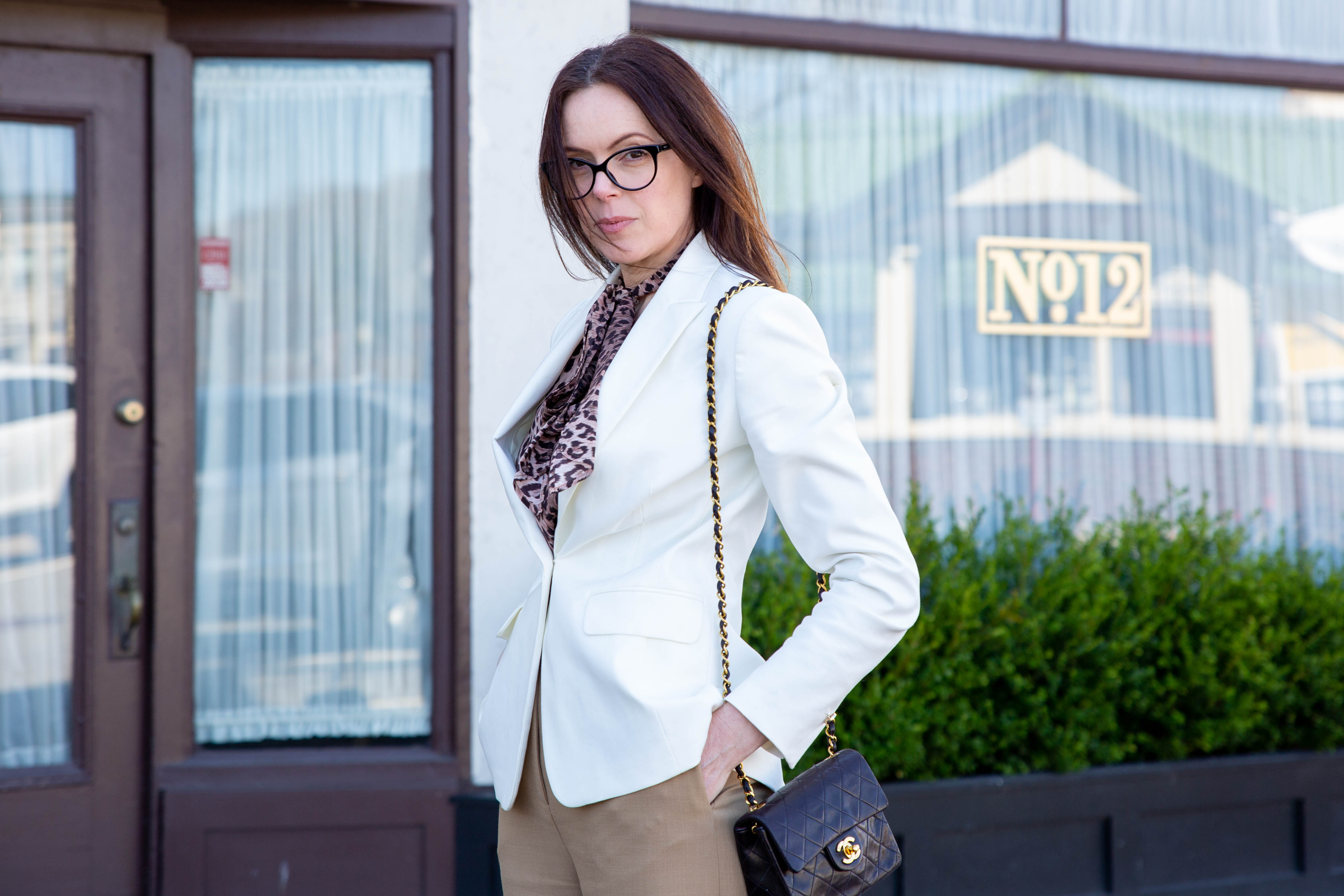
FASHIONS GLOBAL EMISSIONS ARE OFF THE CHARTS
According to the latest data from the IPCC, the fashion industry contributes 10% of total global emissions. What’s worse if nothing changes this is predicted to increase to 50% by 2030. The fashion industry is responsible for 20% of wastewater worldwide which comes from fabric dyeing and treatment. Considering that data shows the average person buys 60% more clothing now than in 2000 a big part of the answer is simply to reduce our shopping. Not only do most consumers buy more, but we also discard more as a result.
Certainly the answer doesn’t lie in fast-fashion brands making a single sustainable range. The answer in large part, lies in fast-fashion brands cutting back dramatically on everything.
In order to pack a punch of appropriate size to fight climate catastrophe, brands must adopt a mitigation hierarchy. Decarbonization is imperative, going carbon neutral then carbon negative. This is where brands first reduce production then avoid emissions and finally offset the residual by sequestering carbon elsewhere. The last part must remain the last resort or risk a future that repeats past mistakes by allowing the rich to pay someone else to clean up the problem. Until now the fashion industry has been entirely unregulated, or at best self regulated. Although that is a bit fast and loose with the idea of regulation wouldn’t you say?
Self regulation is like allowing the fashion industry to mark its own homework – Samata
Until recently government regulation has been incremental and mostly in the EU. However, we have seen a major shift to urgency since the pandemic. Last year the pandemic exposed such horrors to the world that we simply could not continue as normal. As distressing as the global pandemic is, it has drawn much needed attention to the fashion industry as a whole but specifically the cheap end of fashion. For the first time ever, big things are actually happening and there really is a lot to be positive about.
I learned another new term “carbon insetting” – meaning to invest directly within a brands own supply chain to help drive reduction.
OUTFIT : Blazer – M&S 5 years old | Blouse – RIXO 4 years old | Pants – VALENTINO 2nd hand from The Real Real | Shoes – FRATELLI ROSETTI 2nd hand from Vestiaire Collective | Bag – CHANEL 2nd hand Ebay trusted seller
Other sources besides those linked within the post: Intergovernmental Panel on Climate Change – Special report on the impacts of global warming of 1.5 °C above pre-industrial levels | United Nations Fashion Industry Charter for Climate Action

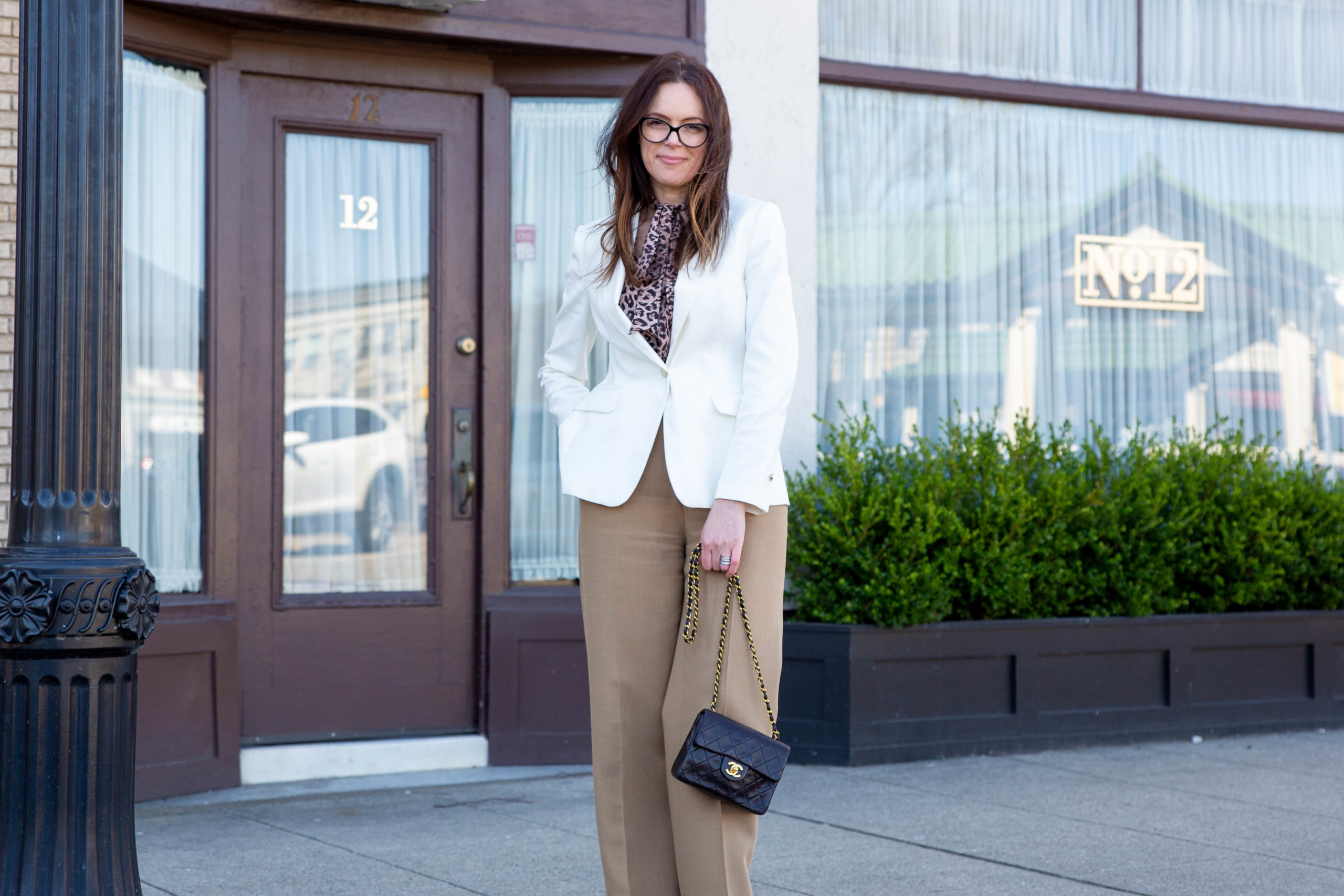
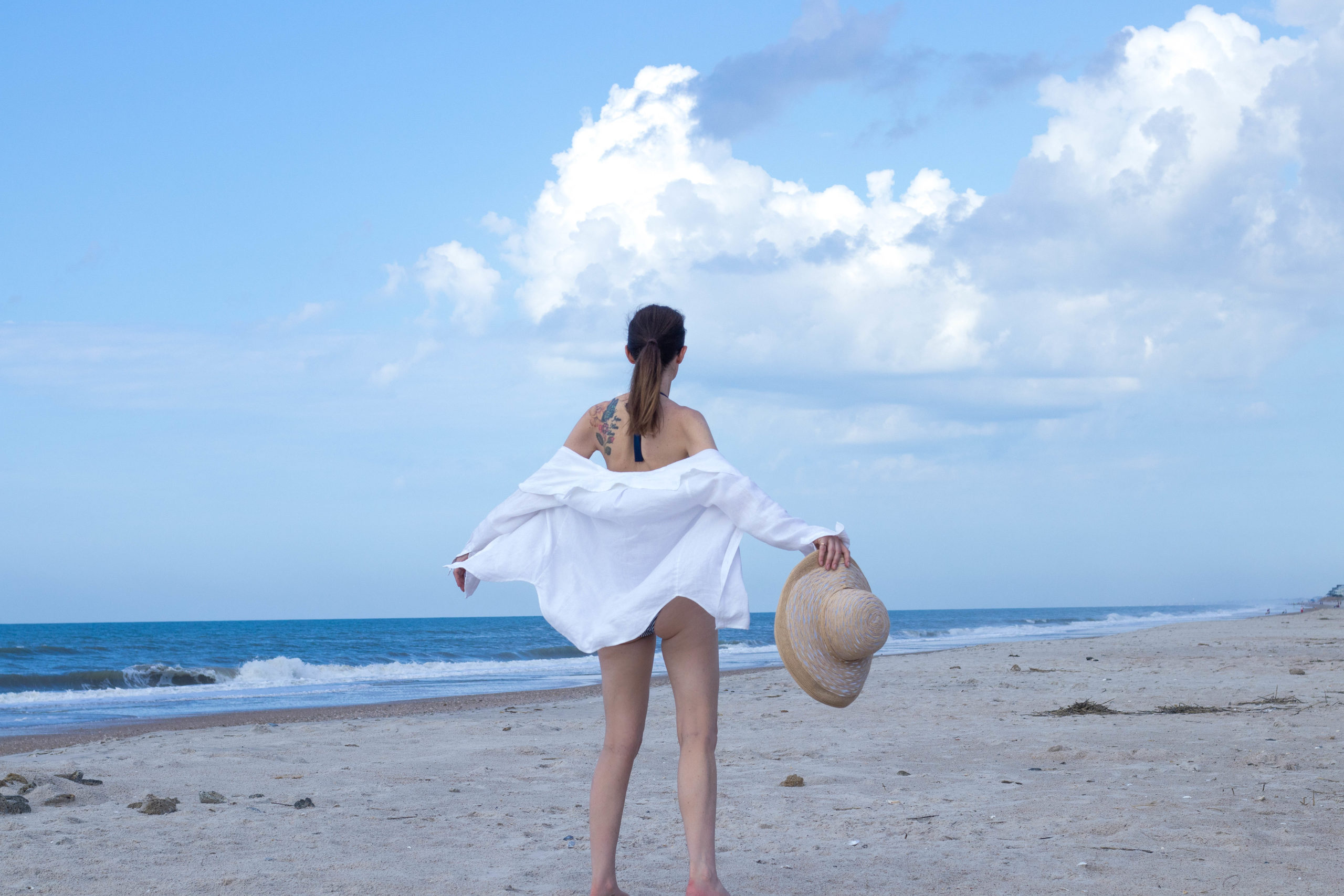
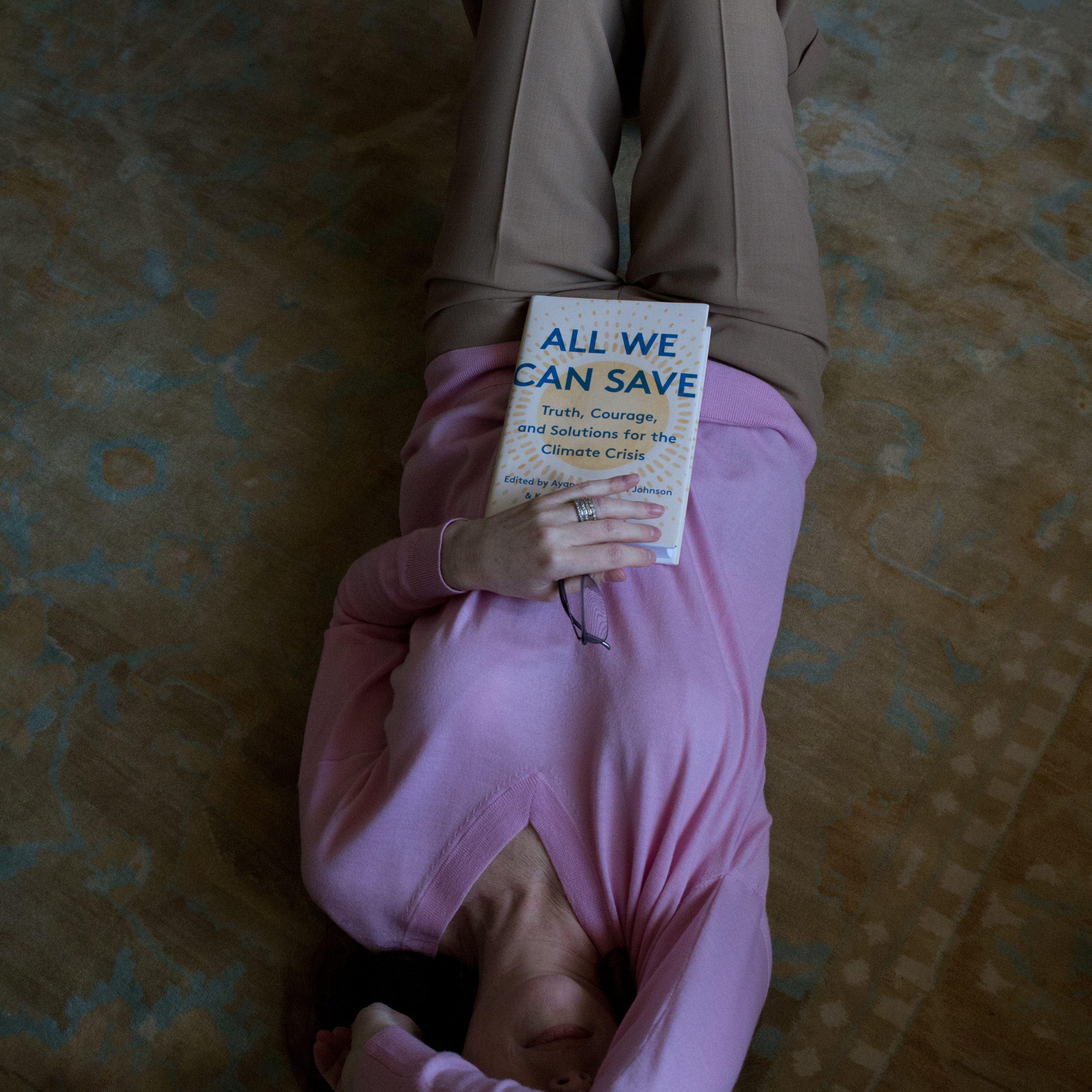

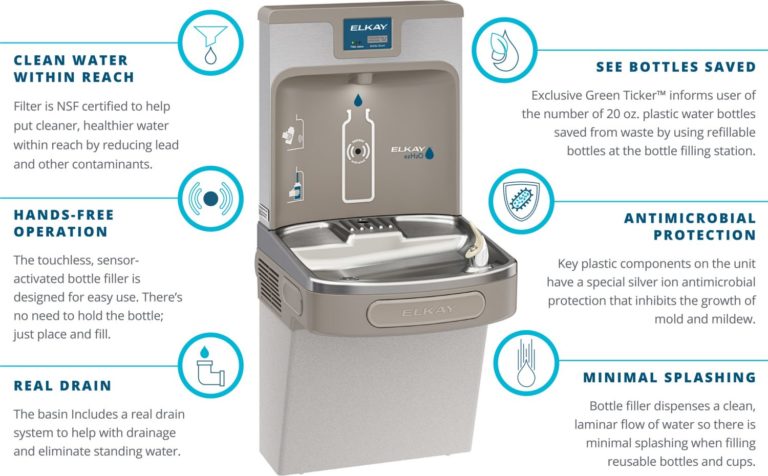
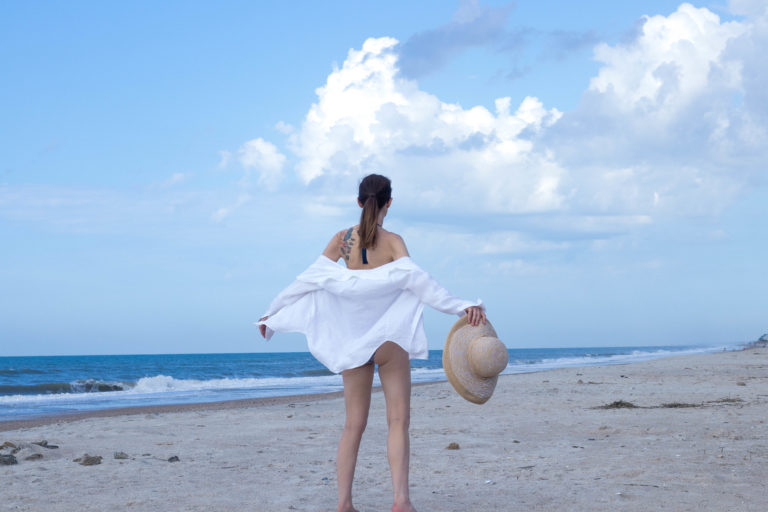
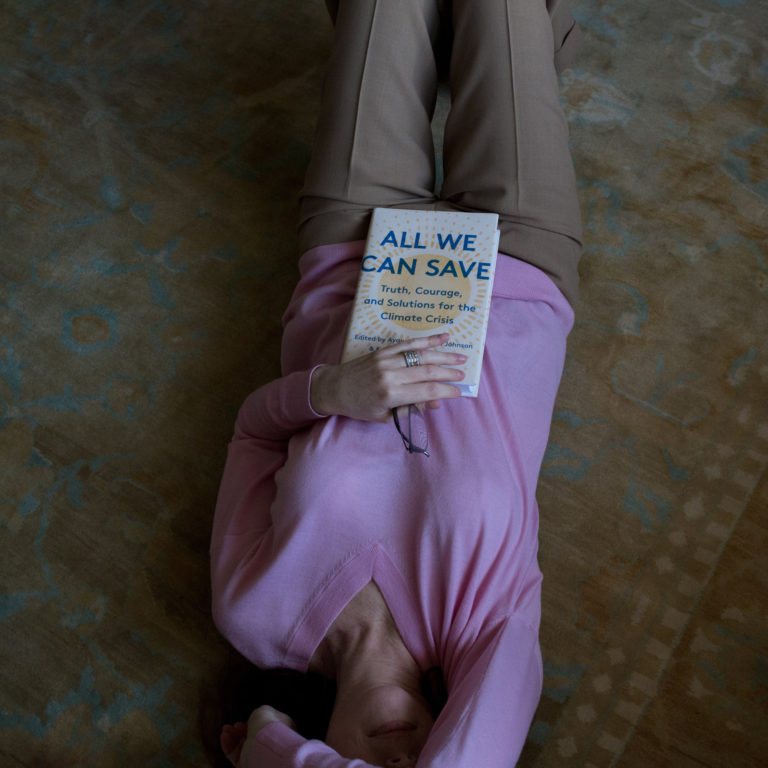
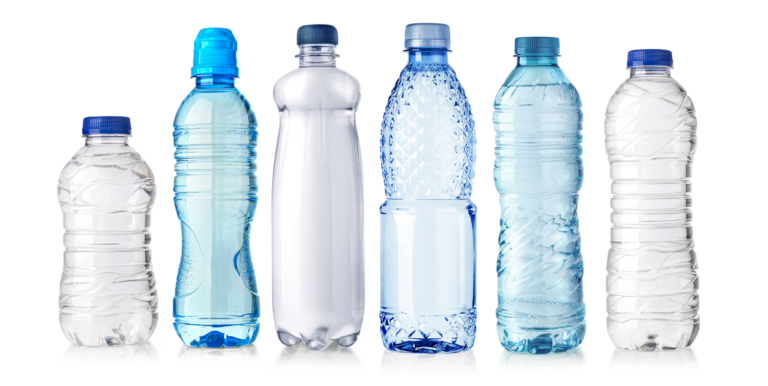
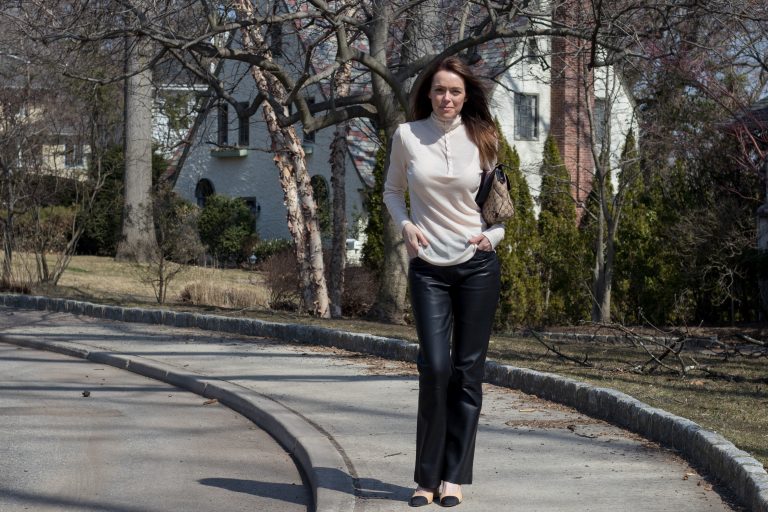
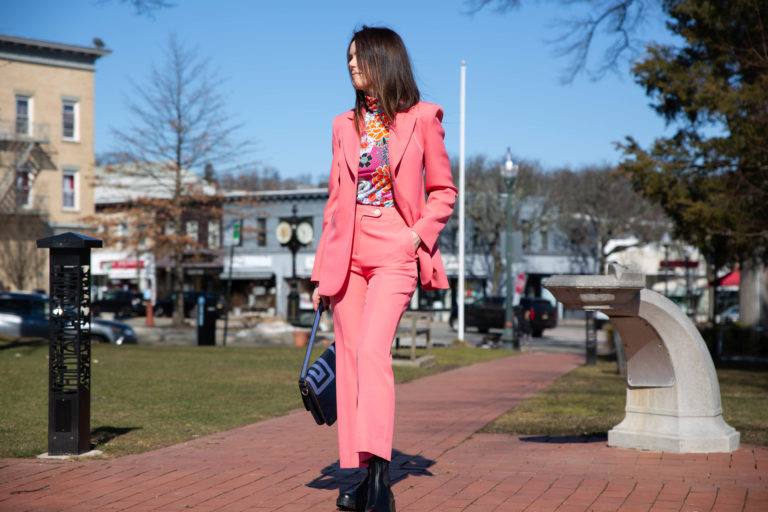
Comments ( 10 )
Lisa the Sequinist
I’m so exhausted and irritated by the NEW NEW NEW that instagram seems to scream all the time. It just isn’t interesting to me anymore, it feels like a step back in time now, to hear everyone super excited over something new every day. From most of what I can see, the basic bitch new spring dress really isn’t something to shout about!
My mother never let me and my sister borrow each other’s clothes when we were teens, because she felt it was unrealistic to have a wardrobe big enough for two people. I didn’t agree with her at the time, but I sure do now!
I always look into the brands before I buy anything now, after your training 🙂
I’ve recently bought a lovely hoodie from Colourful Standard; they seem good after my investigation, but would welcome your insight too.
xx
MT
“basic bitch new spring dress” kills me!!! I totally feel that too Lisa, I’m curious to see where Instagram ends up but that’s about the extent of my interest these days. I’ll check out Colourful Standard although I’m sure your research is accurate, more for future sweats. I tend to live in them these days.
Lizzy
I honestly can’t think of another blogger who puts so much research and due diligence into everything she writes. Your passion and knowledge shine out of the screen xxx
MT
Thanks honey xx
No Fear of Fashion
Although I am trying, I know I am still over-consuming. I am not getitng paid to promote anything and I am creating more and more with what I got in my wardrobe. But I am still a long, long way from where you are. And ashamed. Please don’t hate me.
Greetje
MT
Lol In terms of carbon footprint and waste, your weakness might be clothing Greetje but your home and lifestyle are your strengths. And you are amazing xx
No Fear of Fashion
Mwah…. big smacker on the cheek for being so understanding.
Greetje
MT
Of course!
Marrie
I don’t know what to say because I am really confused. Most influencers are just fond of money and I don’t think we can trust them completely. Anyhow, I really appreciate your hard work and the efforts you put in you blogs. Keep the good work going.
MT
Thank you so much for your support Marrie. I completely agree with you which is why I stopped blogging, it wasn’t really helping the problem of over consumption in fashion or shopping in general. Now I’m working on issues in my town like single-use plastic and in particular plastic water bottles. We have already got council approval for 4 new outdoor (free) water refill stations!
Of course there’s lots of work to do, but if everyone does a little it means a lot.